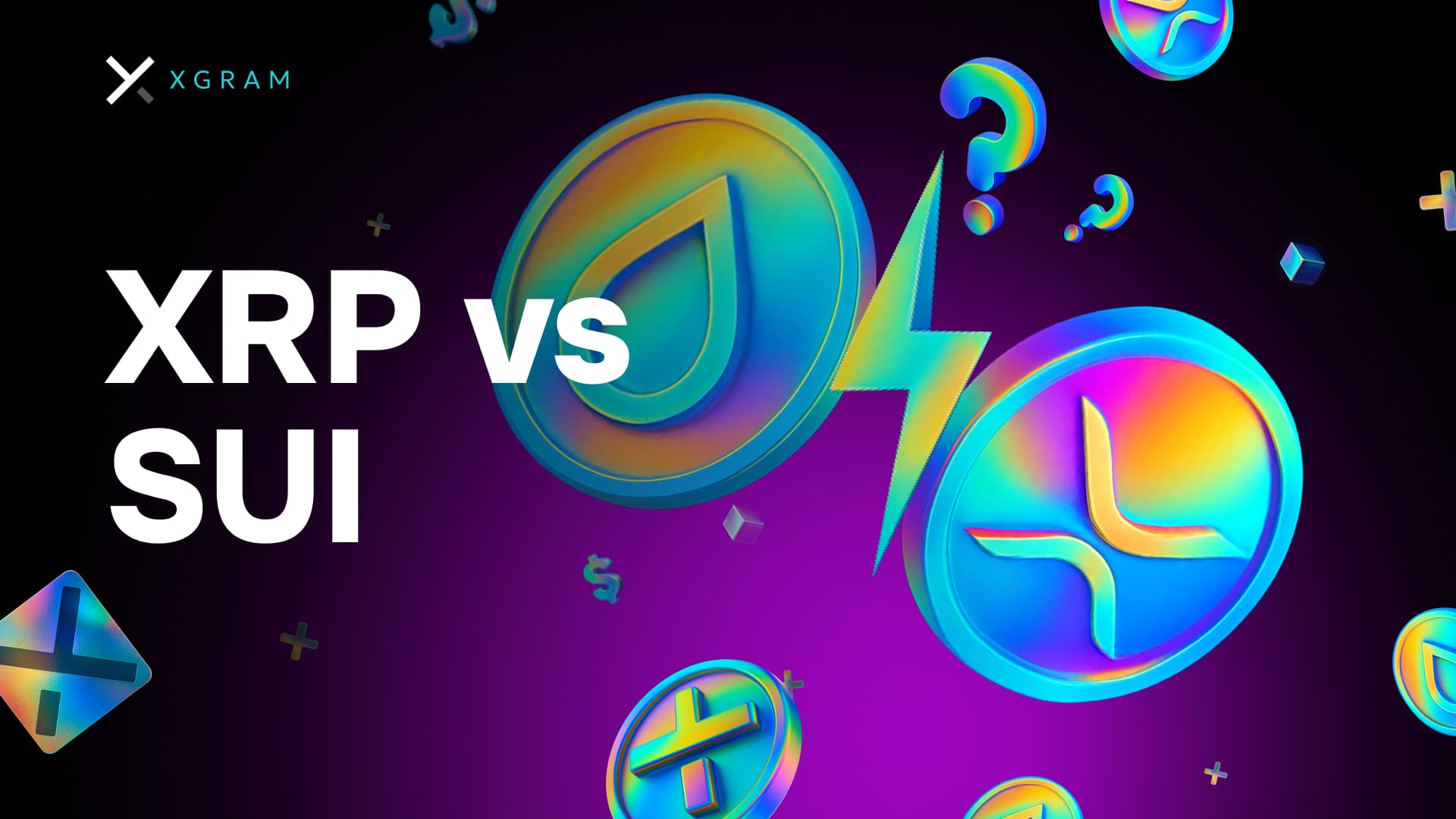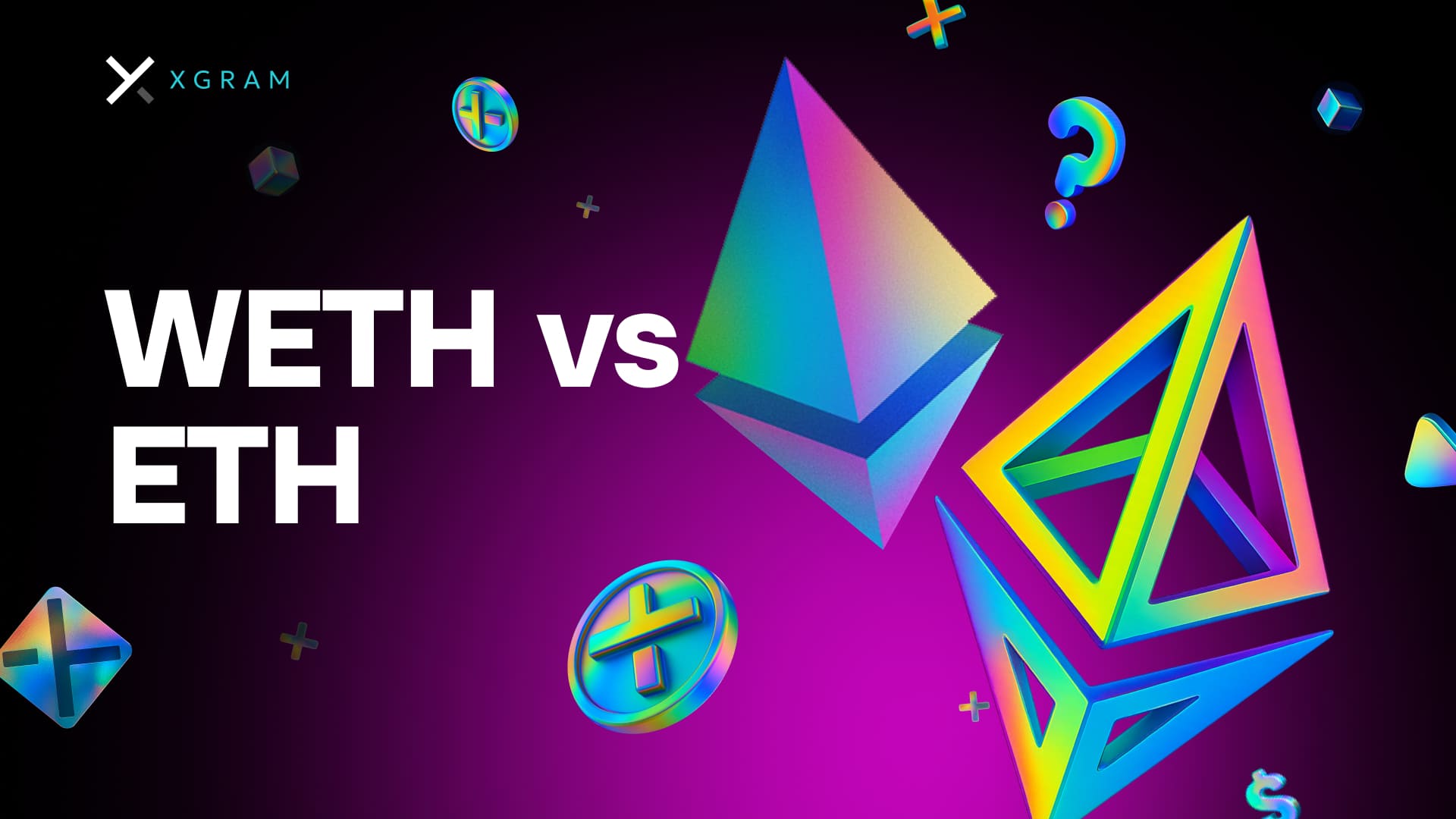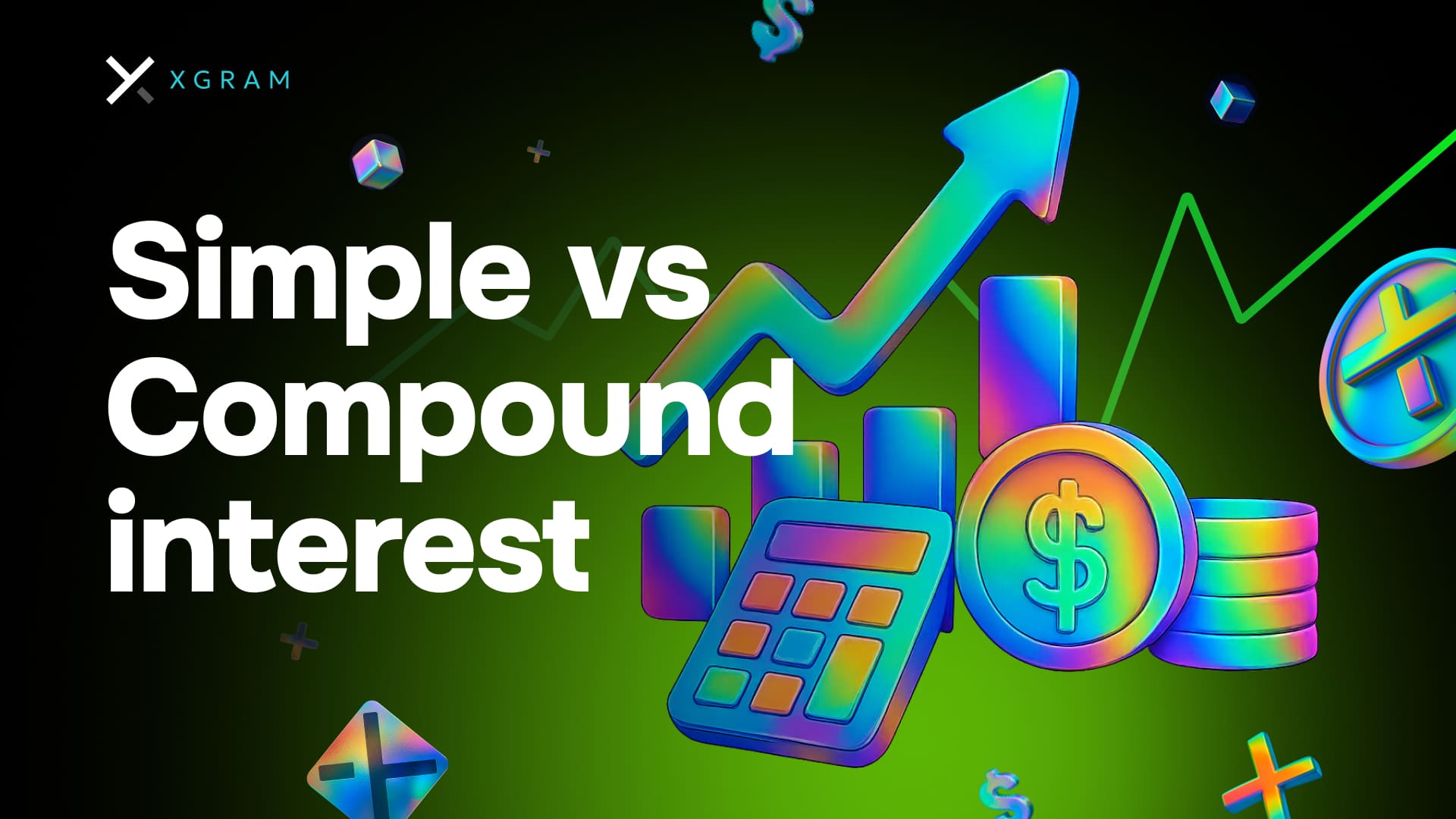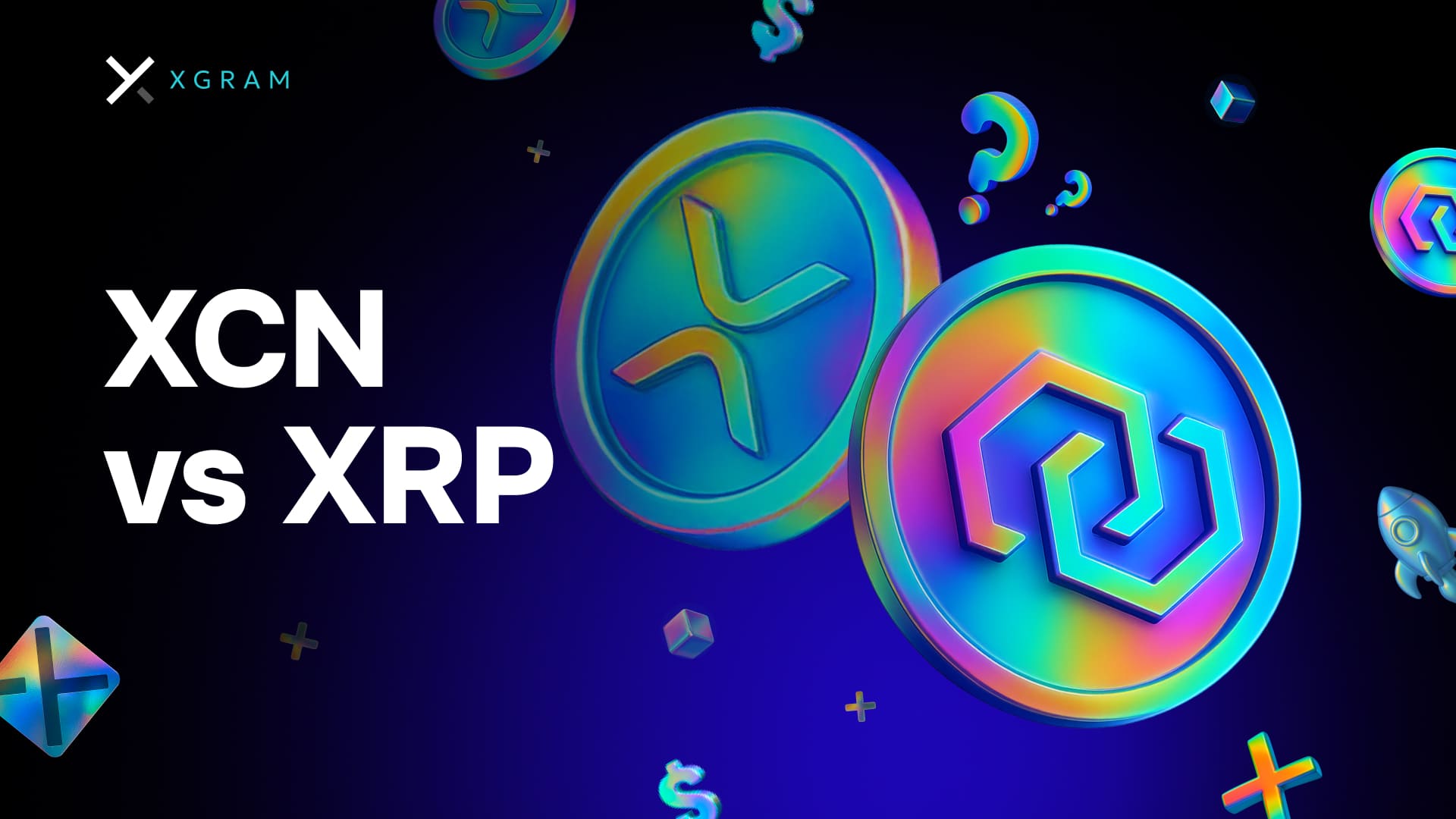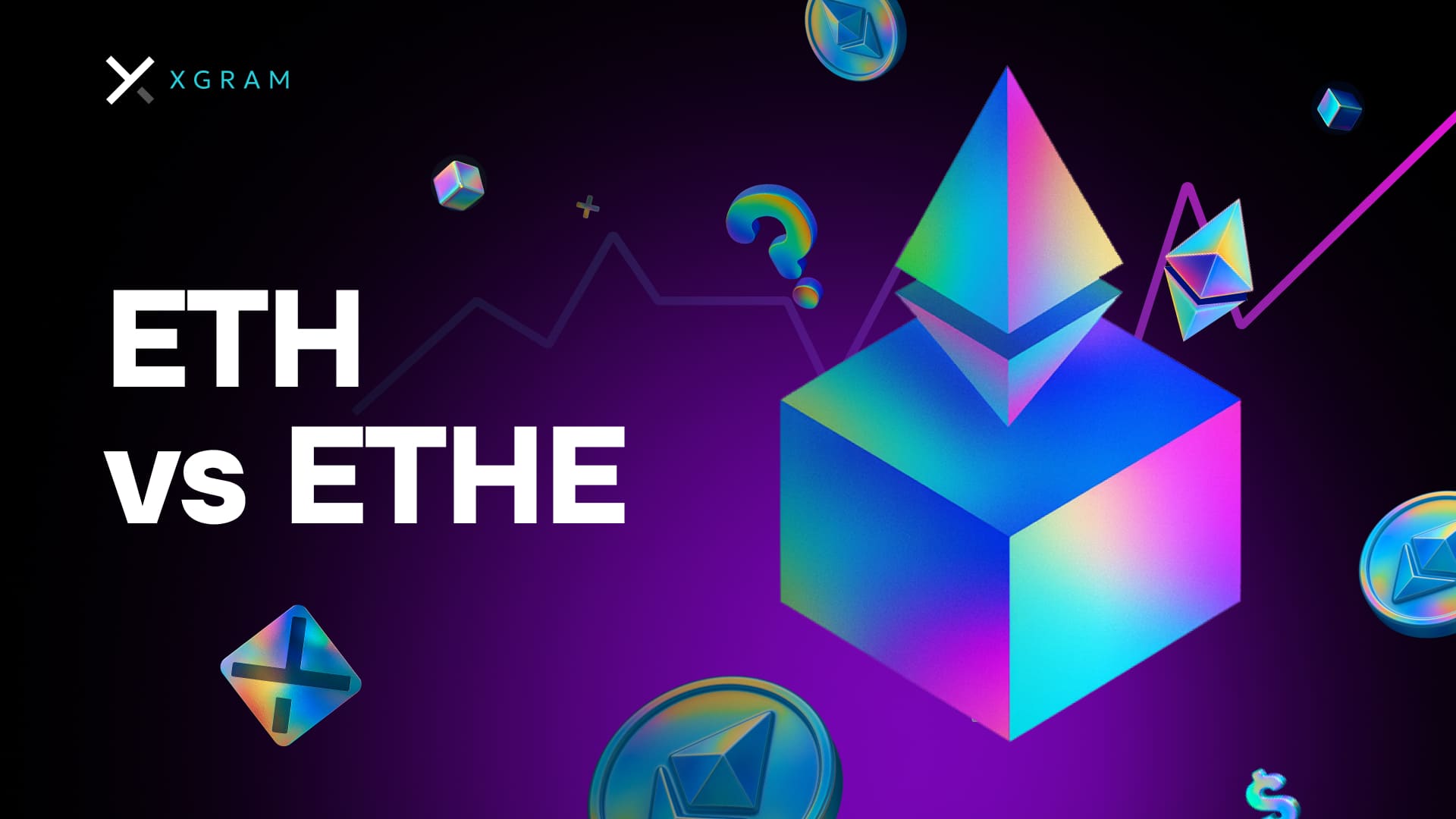Understand the basics
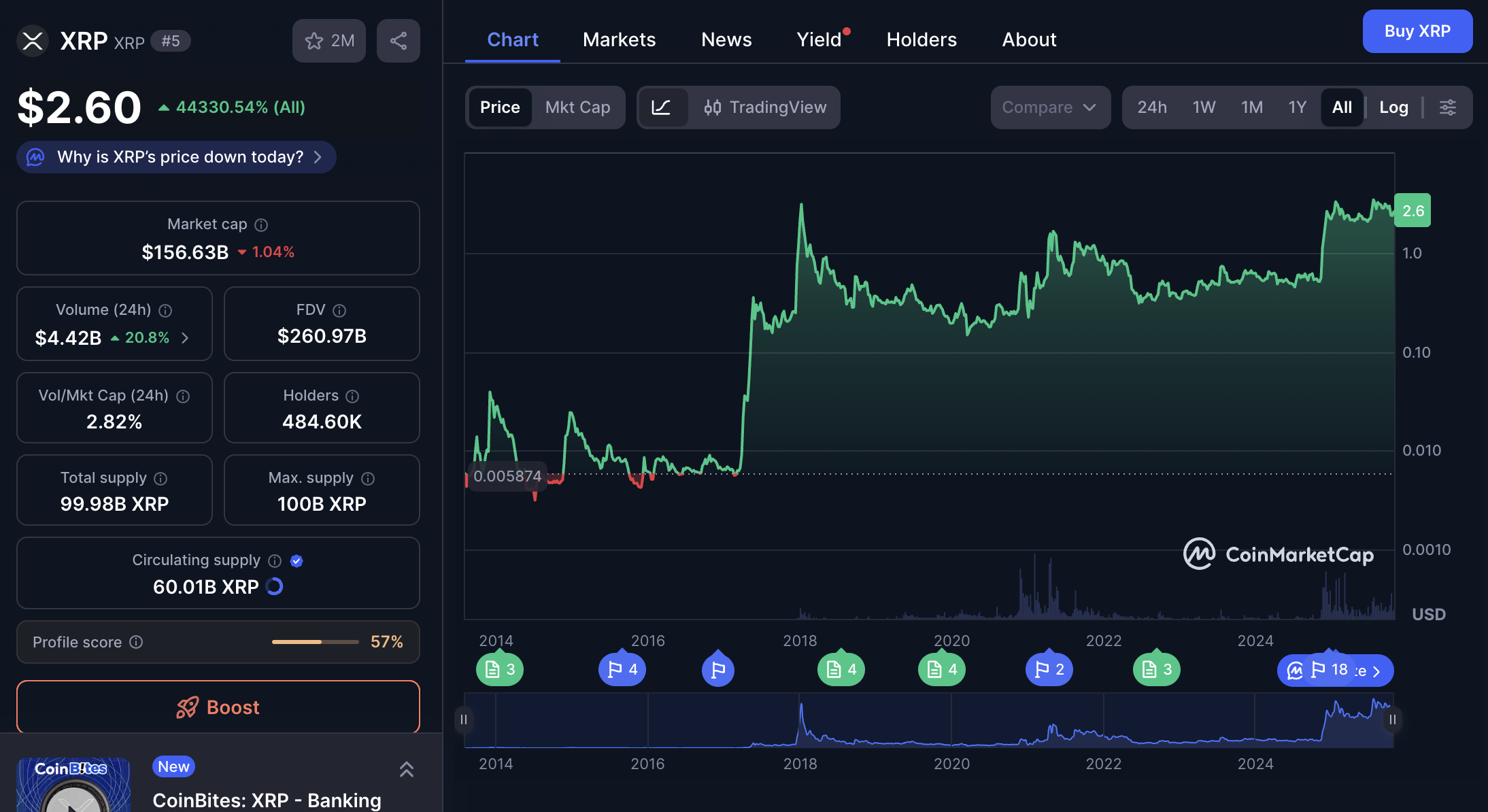
When you first dive into the xrp vs sui discussion, you’ll notice they each serve a distinct audience. XRP is the token behind the XRP Ledger (XRPL), developed primarily to facilitate cross-border payments. The goal here is to make money transfers as seamless as sending an email, targeting financial institutions and remittance services. That means you might see established banks or payment providers tapping into XRPL for near-instant settlement.
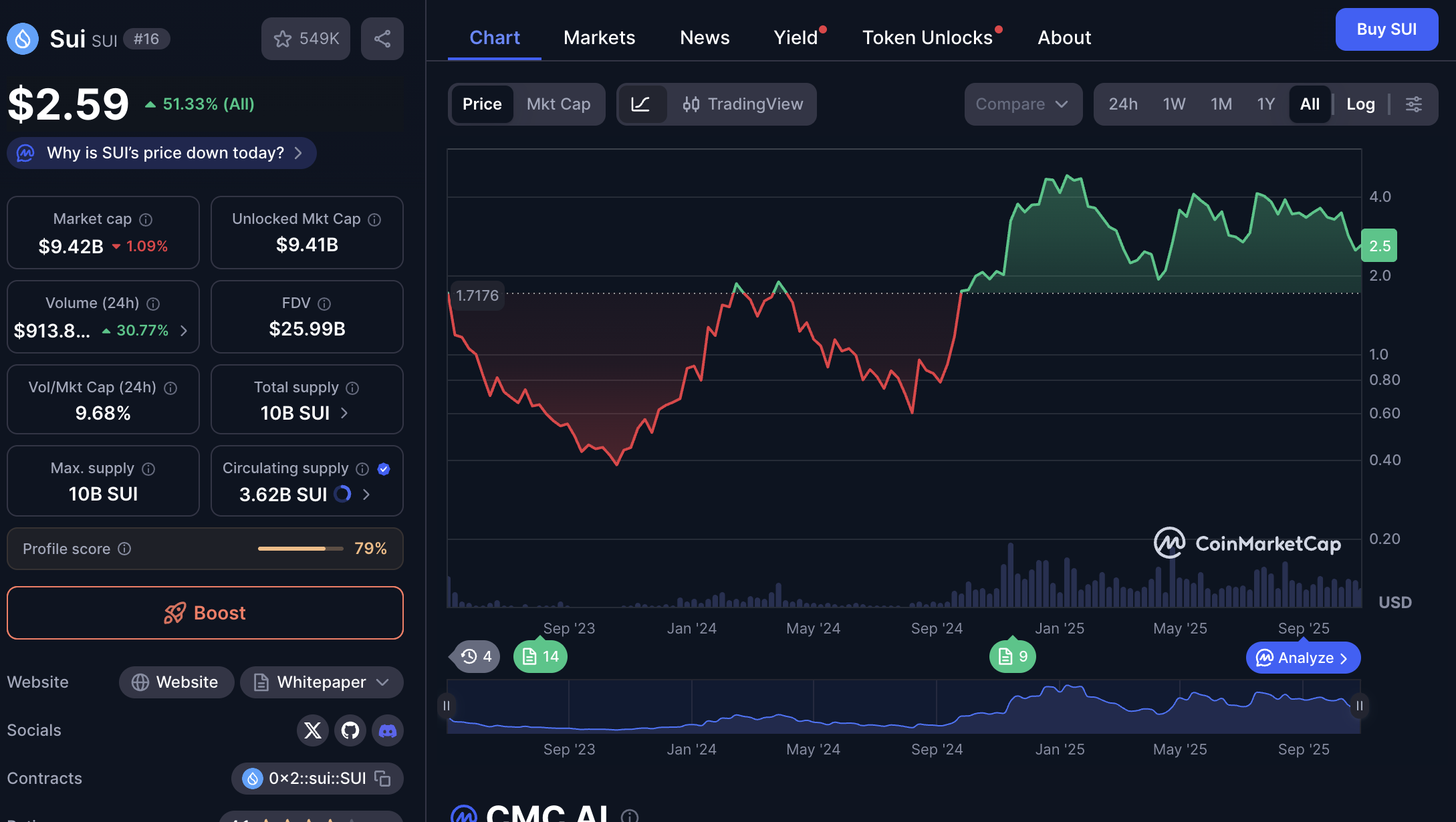
Sui, on the other hand, is a relative newcomer that aims to carve out a space in the DeFi and NFT markets. Built for scalability and specialized in assets beyond simple payments, you may appreciate how it can handle a variety of on-chain activities—anything from decentralized lending to digital collectibles. Sui’s approach focuses on advanced smart contracts, using novel programming techniques suited for more complex applications.
The fundamental debate between XRP and Sui might remind you of comparing a tried-and-true solution to an innovative challenger. XRP has been around longer, backed by a large community and partnerships with established players. Its track record in payment settlement is well documented, giving you assurance about trust and reliability. Sui is fresh, which can be a plus if you gravitate toward pioneering technology and the possibility of discovering emerging opportunities before they go mainstream.
Before you pick a winner, it helps to see where each excels—and where it might fall short. From transaction speed and fees to ecosystem growth, each factor can influence whether XRP or Sui better suits your needs. A deeper look at each feature can make your choice clearer.
Examine transaction speed
Transaction speed is among the first checks you’ll make when comparing these blockchains. No one wants slow confirmations, especially if you plan to move funds around quickly or capitalize on market opportunities.
XRP Ledger: Built for speed, it can finalize transactions in about 3–5 seconds. This near-instant settlement initially attracted cross-border payment providers who needed rapid transactions for international money transfers. If you value frictionless user experiences, XRPL’s low latency might feel like a standout point.
Sui: Known for embracing newer consensus techniques, Sui aims for high throughput as well. While actual speeds depend on network demands, you can typically see finality in a few seconds, sometimes nearing the performance of XRP. For early-stage platforms, the real test comes when user activity surges. Sui’s roadmap focuses on scaling throughput, so there’s potential for even faster confirmations in the future.
When it comes to speed in xrp vs sui, there’s no outright loser. Both blockchains offer rapid settlement times well below many older, congested networks. Yet XRP maintains a slight consistency advantage because of its mature infrastructure and partnerships. You might find Sui’s speed equally competitive, but the platform is still new, so keep an eye on how it evolves.
Consider transaction fees
Transaction fees can add up quickly, especially if you trade or transfer crypto multiple times a day. Low fees mean you keep more of your funds, so it’s a major factor in evaluating xrp vs sui.
XRP Ledger fees: Often near a fraction of a cent per transaction. This micro-fee structure is one reason financial institutions prefer XRP for cross-border payments—it slashes overhead. If cost savings drive your decisions, you might find this model highly appealing.
Sui fees: Also aiming for minimal network costs, though the exact fee fluctuates based on network capacity and any governance decisions. Because Sui is still forging its path, fees may adjust as network adoption grows or as governance proposals go into effect. If you adopt a wait-and-see attitude, you’ll want to monitor how fees trend over time.
For everyday usage, both blockchains are considered budget-friendly compared to many older networks that still grapple with high transaction costs. If you’re concerned about consistent and predictable fees, XRP’s established practices are comforting. Then again, Sui’s approach to dynamic scaling could control costs effectively as demand rises. If fee predictability is critical to your strategy, XRP may feel safer, but keep an open mind about how Sui’s emerging system could evolve.
Weigh scalability approaches
Scalability remains a buzzing topic across the crypto sphere. You want a blockchain that can grow with user demand without suffering slowdowns or skyrocketing fees.
XRP Ledger’s strategy: XRP Ledger was designed primarily for payment transactions. That means it can handle a large volume of transfers efficiently, but some question how flexible it is for more complex operations. The network is robust and stable for what it does—rapid payments and currency conversions. However, you might notice fewer advanced smart contract features compared to some next-era networks.
Sui’s approach: Sui has scalability embedded in its foundation. The protocol uses parallel processing, letting multiple transactions run simultaneously. This design is well-suited for DeFi apps or high-volume NFT marketplaces. If you plan to deploy or interact with sophisticated on-chain programs, Sui’s architecture could handle those demands with fewer bottlenecks.
Each blockchain eventually faces a ceiling if user activity outpaces capacity. XRP is proven for large-scale payment tasks, but less so for hosting an array of complex decentralized apps. Sui is still building out functionality, meaning you’ll want to consider its maturity level when comparing to the time-tested XRPL. If your focus is payments, XRP can easily fit. If you need a platform geared for flexible growth in DeFi or NFTs, Sui might be your choice.
Explore ecosystem support
A strong ecosystem can make or break your user experience—tools, developer resources, and community engagement all matter. The more wallets, dApps, and developer libraries, the easier it is for you to integrate or use the chain.
XRP Ledger’s ecosystem: You’ll find a wide framework of built-in capabilities, friendly wallets, and connections to established finance channels. Because XRP has been around since 2012, its community is sizable. Some criticize the network for being too focused on institutional use cases, but you’ll still find a variety of developer resources. If you want a strong institutional support system plus some consumer dApps, XRPL has it.
Sui’s ecosystem: As a relative newcomer, Sui is in a growth phase. Its developer community is smaller but passionate, especially around newer DeFi concepts and NFT innovations. Early adopters often enjoy the excitement of building from scratch, so if you like being in on the ground floor, Sui can be rewarding. Expect expansions in developer tools, wallet integrations, and community-led projects as Sui builds credibility.
Before choosing, think about how important existing infrastructure is to your goals. XRP has the advantage of established partnerships and immediate name recognition. Sui, meanwhile, appeals to you if you’re exploring early DeFi or NFT ecosystems with the potential for fast growth. Your personal risk tolerance and desire for cutting-edge features can guide your decision.
Check security measures
Security is paramount in crypto. Both XRP and Sui apply measures designed to prevent malicious attacks and protect your funds. Still, each network has its own philosophy and track record.
XRP Ledger security: XRPL uses a unique consensus mechanism. Instead of traditional Proof of Work or ephemeral Proof of Stake, it relies on a group of trusted validators to confirm transactions. This approach drastically lowers energy usage compared to older blockchains. However, some critics claim the list of trusted validators might not be fully decentralized, depending on your perspective. From a purely user-facing viewpoint, XRPL has maintained a historically stable network and rarely experiences major outages or vulnerabilities.
Sui security: Sui takes a more conventional approach with a byzantine fault-tolerant consensus available in various Proof of Stake configurations. This is a widely respected model for blockchains looking to handle complex smart contract logic without sacrificing security. Because Sui is new, you might not find a longestablished track record, but early testing indicates a reliable foundation. Over time, you should observe how Sui’s developer community addresses vulnerabilities through bug bounties and regular updates.
Both networks are designed to ensure secure transactions, though each uses different governance and consensus structures. If you favor a tried-and-true ledger with years of operation, XRP fits the bill. Sui’s focus on advanced cryptographic techniques might appeal to you if you’re excited about a nimble, next-gen platform that can quickly implement new security measures.
Look at potential use cases
To figure out which platform aligns with your personal or business goals, consider the different ways you could put each network to work:
- Cross-border payments
- XRP: Ideal for near-instant, low-cost transfers. Banks and remittance operators frequently choose XRP for exactly this reason.
- Sui: You could also send payments on Sui, but its greatest advantages shine in more advanced use cases like DeFi or NFT minting.
- Decentralized finance (DeFi)
- XRP: Has some DeFi features, but it wasn’t designed primarily for complex smart contracts. DeFi is growing on XRPL, yet not as rapidly as on newer platforms.
- Sui: Built with advanced programmability and parallel execution. You can expect stable, or even high-yield, lending protocols, derivatives, and more, as developers tap into its architecture.
- NFTs and digital collectibles
- XRP: Supports NFTs and token creation. However, the NFT scene on XRPL is smaller compared to specialized networks.
- Sui: Targeting NFT markets as a key growth vertical, especially with broad developer support. If you’re seeing new game assets or NFT drops, they might find a more flexible home on Sui.
- Corporate partnerships
- XRP: Widespread acceptance by financial institutions, making it simpler to integrate into existing payment flows. Fortifies its reputation as a corporate-friendly chain.
- Sui: Implementation details will differ, but Sui’s approach can attract gaming studios, creative artists, or DeFi startups looking to harness cutting-edge capabilities.
If you plan to explore broad DeFi options or futuristic NFT ecosystems, Sui’s specialized design might serve you better. If cross-border payments or hooking into institutional frameworks matter most, XRP’s proven track record and enterprise-grade partnerships may win you over.
Compare features side by side
Sometimes it helps to visualize xrp vs sui in a neat table. Below is a quick snapshot of each platform’s highlights:
| Feature | XRP Ledger | Sui |
|---|---|---|
| Launch Year | 2012 | 2022 (public mainnet release in 2023) |
| Consensus Mechanism | Unique XRPL consensus with trusted nodes | Proof of Stake (byzantine fault-tolerant) |
| Transaction Speed | ~3–5 seconds | A few seconds, aiming for near real-time |
| Fees | Micro-fees (a fraction of a cent) | Low and dynamic, depends on network usage |
| Scalability Focus | Optimized for payments | Parallel processing for DeFi/NFT |
| Ecosystem Support | Established, strong enterprise ties | Emerging, focus on next-gen apps |
| Security Track Record | Stable over a decade | New; robust design but limited history |
| Most Common Use Case | Cross-border payments | Complex dApps, DeFi, NFTs |
As you scan the table, think about where you see yourself most active. If you want to tap into a well-oiled payment network, you might lean toward XRPL. If you’re itching to try advanced dApps or want to carve out a niche in an evolving DeFi ecosystem, Sui might keep you engaged long term.
Access trading and availability
When it comes to buying or selling XRP or Sui, you usually rely on centralized exchanges, decentralized exchanges, and sometimes over-the-counter (OTC) deals. One important factor is whether your favorite exchange supports both tokens.
- Centralized exchanges: You’ll find widespread support for XRP on major platforms, given its longevity. Sui listings are quickly emerging, but check availability in your region.
- Decentralized exchanges: On certain multi-chain DEXs, you can swap from other tokens into Sui. However, liquidity depth may still be growing, especially compared to older networks.
- Peer-to-Peer (P2P): Most crypto exchanges also feature P2P sections where you can directly trade with other users, typically negotiating price in real time. This alternative can sometimes offer better deals depending on market conditions.
Before committing funds, you’ll want to see if your chosen exchange provides enough liquidity and favorable spreads. Availability shouldn’t be a major challenge for XRP. With Sui, you might want to verify that your chosen exchange supports advanced DeFi bridging if you plan to do more than basic swaps.
Use Xgram for cross-chain
You may want extra flexibility when swapping tokens between different blockchain networks. This is where a tool like Xgram becomes appealing.
Frequently asked questions
Below are five common questions investors ask when comparing XRP and Sui.
“Is XRP or Sui more decentralized?”
- It depends on your definition. XRP uses a unique trusted validator list, which some say leans centralized. Sui uses Proof of Stake with multiple validators, aiming to be permissionless though still new.
“Can I stake on XRP or Sui?”
- XRP Ledger doesn’t support traditional staking in the same sense as a PoS chain. Sui, however, offers staking mechanisms as part of its Proof of Stake consensus, letting you earn rewards by locking up tokens.
“Which network is faster during peak loads?”
- Both aim to maintain high throughput. XRP has proven stable under heavy usage for payments. Sui’s new architecture is designed to handle parallel transactions, but real-world peak testing is still ongoing.
“Do they both support NFTs?”
- Yes, both can mint and trade NFTs. Sui places extra emphasis on advanced NFT functions. XRP also supports NFTs, but adoption is slightly behind some newer chains.
“Where can I buy and store these tokens?”
- You can buy XRP on virtually any major exchange, including many with P2P options. Sui is increasingly available, but check if your chosen exchange supports it. For storage, you’re free to use official or third-party wallets, ideally those with strong security practices and private key management.
Arrive at your verdict
In the end, the xrp vs sui conversation boils down to your priorities. If you’re primarily focused on efficient payments and want a platform with a decade-long track record, XRP stands out. It’s well suited for cross-border transactions and has a close relationship with various financial institutions.
On the flip side, if you’re enthusiastic about emerging DeFi or NFT projects, Sui’s advanced architecture might excite you more. Its novel features and parallel transaction design promise to expand how you interact with on-chain finance. Step back and weigh your main objectives—whether it’s quick remittances or building next-gen decentralized apps. By researching each platform’s performance, fees, community strength, and technology, you can confidently choose a blockchain aligned with your goals.
